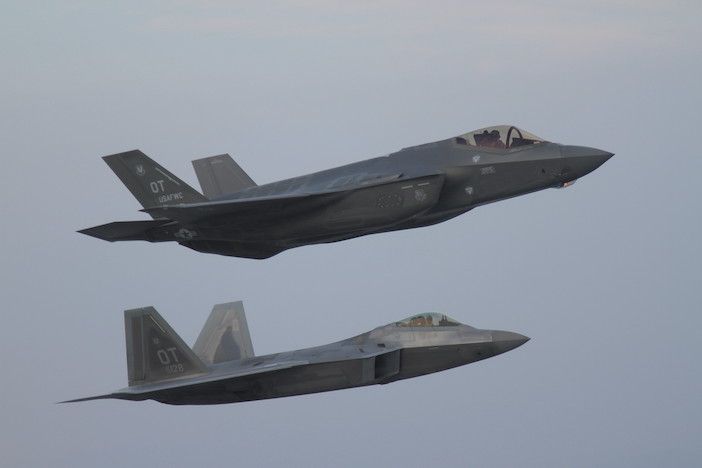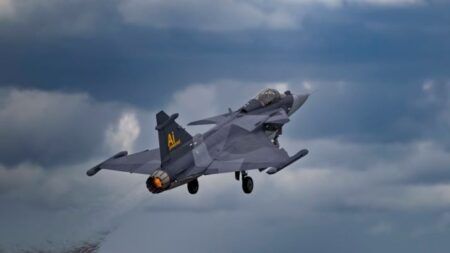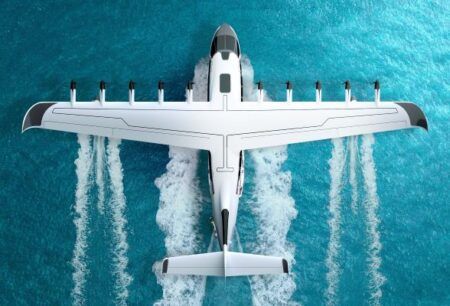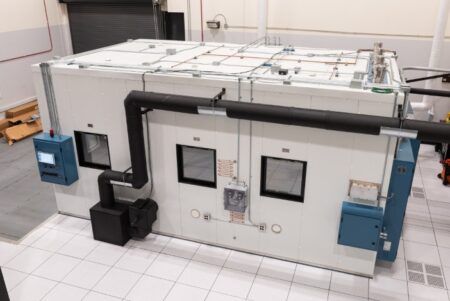The US Air Force is pushing the boundaries of the F-35 combat aircraft to prove its flexibility during operational testing.
Engineers, analysts, and pilots from the US Operational Test Team (UOTT), the successor to the Joint Strike Fighter Operational Test Team, and the US Air Force’s Operational Test and Evaluation Center Detachment 6 have been running test programs to ensure the interoperability of the three F-35 variants in use by US forces and its international partners.
The high-fidelity testing aims to evaluate the F-35’s performance in operationally realistic, combat-like environments while providing a unified and comprehensive multi-service evaluation of all F-35 variants.
“This is only part of what makes the UOTT unique,” said Marine Lt. Col. David A. Merritt, UOTT deputy director. “The UOTT stands out because of its focus on joint operations. The UOTT recently participated in the joint, Pacific Air Forces Northern Edge training exercise that allowed the team to shift from a fixed, requirements-driven approach to an all-domain, integrated testing approach.”
Col. Dan Javorsek, AFOTEC Detachment 6 commander and UOTT director said, “The team focuses on capabilities rather than requirements. The emphasis is on analyzing what the jet can actually do rather than what it was designed to do.
“The UOTT is also working to broaden the scope of operational testing as it relates to domain-agnostic warfare.
“Contemporary operational test events are extremely domain-specific whereby the focus is exclusively on how the F-35m, or any aircraft, handles problems on its own, from the air domain with no consideration of contributions from the other warfighting domains. In contrast, we want to shift to the delivery of domain-agnostic effects because it is important to assess how the F-35 integrates into a more holistic force complete with maritime, ground, cyber, and space suppliers.
“Rather than examining only how the jet maneuvers in the airspace, UOTT engineers and analysts adopted an all-domain approach to both the F-35 and the future of warfare,” he added. “In a software defined combat system like the F-35, cyber defense is far more important than it was in legacy aircraft to include the F-22.”
For Javorsek and his team, communicating the importance of cyber defense has been a top priority. UOTT cyber test engineers recently briefed the Air Force chief of staff, Marine deputy commandant for information, and naval operation information warfare deputy chief.
These engineers recommended viable solutions to software and network security for the lifecycle of the F-35 platform. The briefing team, led by the UOTT’s Cyber Test deputy chief, 1st Lt. Alexandra Horstman, generated seven action items the CSAF took with him into present-day discussions on the future viability of the F-35 program. This brief propelled Horstman and her group forward in their efforts to critically analyze F-35 cyber system architecture.
“The military must continue investing in evolving cyber threat identification and mitigation along with improving recovery capabilities while remaining agile for the foreseeable future.” said Jamal Quinnert, UOTT cyberspace operational test analyst.
“As operational testers, our responsibility is to continue to test in operationally realistic environments while supporting the warfighter. We have to remain vigilant and be change agents in cybersecurity.”
The UOTT also contains analysts focused on increasing the fidelity of F-35 test events. “Missions that mimic the realities of war are critical for making sure the jet outperforms all enemies it encounters,” said Capt. James Deitschel, UOTT operational test analyst.
“I evaluate mission events to determine how effectively the jet performs under the pressures of combat. The more hours we put on the airframe, the more data we collect. This kind of evaluation is essential for informing the release of new software iterations. The goal is to equip the fleet with software upgrades that offer the best combat capability.”
“From cyberspace operations to mission analysis, the UOTT performs the breadth of testing needed to ensure the success of the F-35 program. “The F-35 is ideally suited to handle the future of air combat,” Javorsek said.
“With auto-throttle, voice recognition, advanced sensors, and a low signature, it can rapidly adapt to a changing world.”
Putting these capabilities through the rigors of operational testing ensures the jet remains effective for the duration of its life cycle. “Much of the UOTT’s effectiveness comes from the flexibility to focus on what the aircraft can actually do,” Javorsek said. “This affords us a unique perspective that no one else has. While the UOTT is unique in its structure, at its root is a joint organization with the entire test enterprise in mind.”
“The UOTT is unfettered from the limitations associated with the original requirements for the aircraft in the beginning,” Merritt said. “Couple that with team members possessing experience in aerospace, cyber, space, land, sea, and undersea domains and the result is a test team well equipped to drive the future of operational (tests), especially the next phase of operational testing for the F-35 in fall 2021.”
